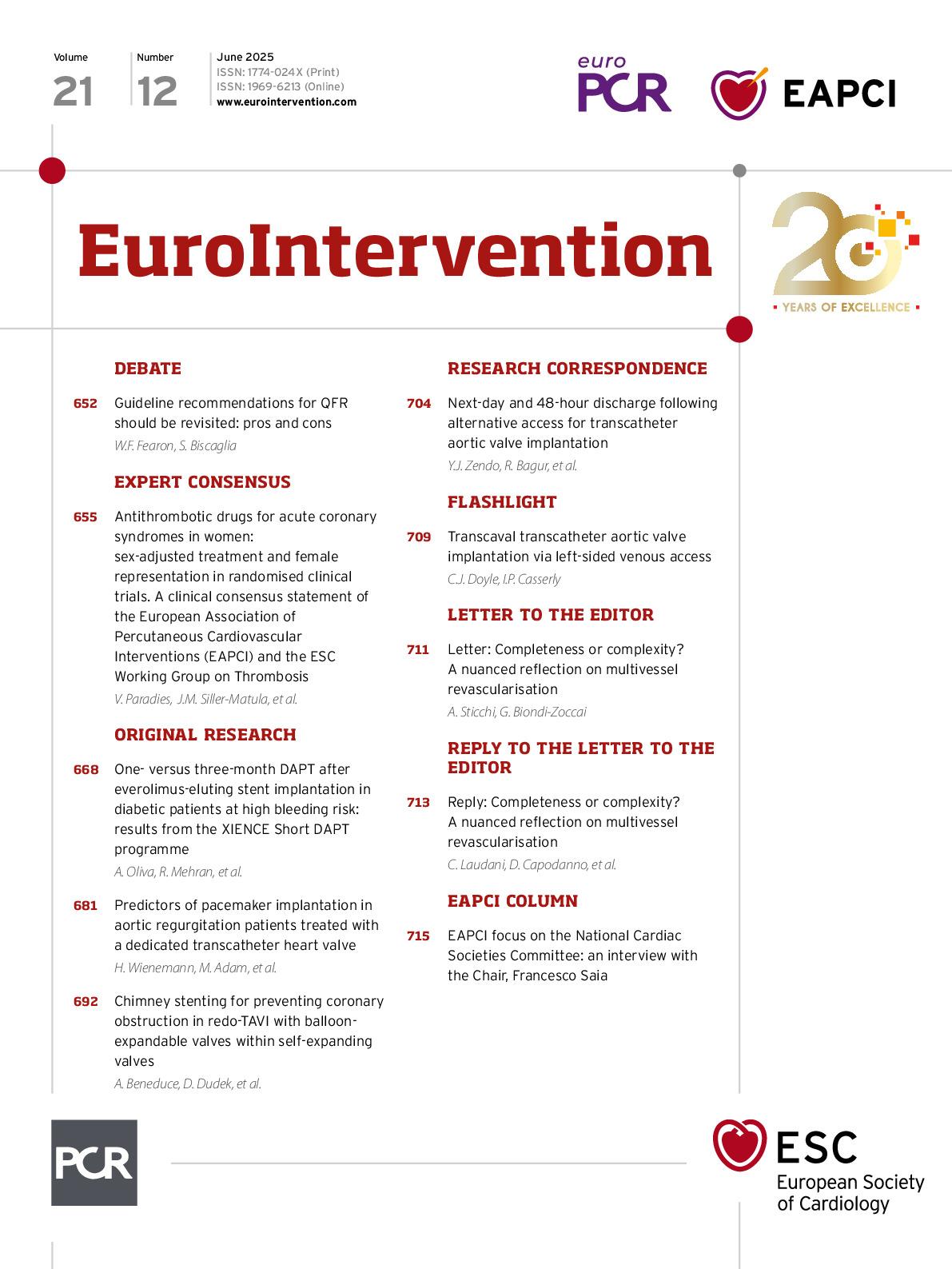Quantitative flow ratio (QFR) has emerged as an angiography-derived tool for the assessment of the functional significance of intermediate coronary stenoses without the need for a pressure wire or hyperaemic agent. While its diagnostic accuracy and clinical impact have been demonstrated over angiography alone, concerns remain regarding its performance compared to established invasive physiology methods, such as fractional flow reserve (FFR). In particular, recent evidence have shown a higher incidence of adverse events with QFR guidance compared to FFR guidance. In this context, the 2024 European guidelines on chronic coronary syndromes (CCS) granted a solid recommendation (Class of Recommendation I, Level of Evidence [LoE] B) for QFR in the evaluation of intermediate stenoses. However, methodological issues and conflicting findings from randomised trials are currently questioning such a strong endorsement. Whether current guideline recommendations should be revised or whether QFR should remain a first-line tool alongside FFR remains a subject of debate.
Pros
William F. Fearon, MD
Based on numerous multicentre, randomised trials and large observational registries demonstrating improved clinical outcomes in a variety of patient populations, coronary pressure wire-derived...
Sign up for free!
Join us for free and access thousands of articles from EuroIntervention, as well as presentations, videos, cases from PCRonline.com

